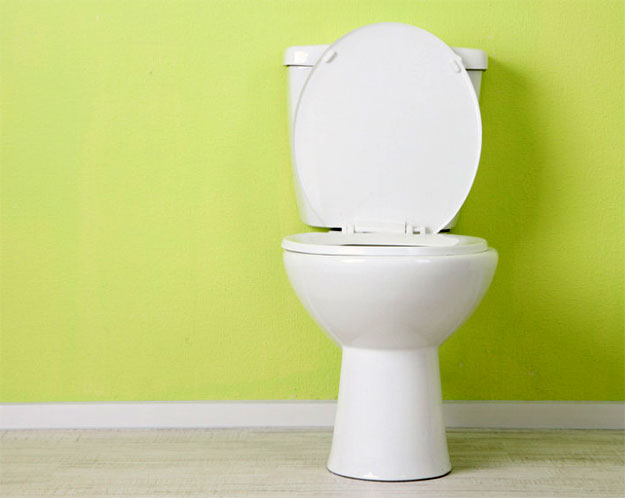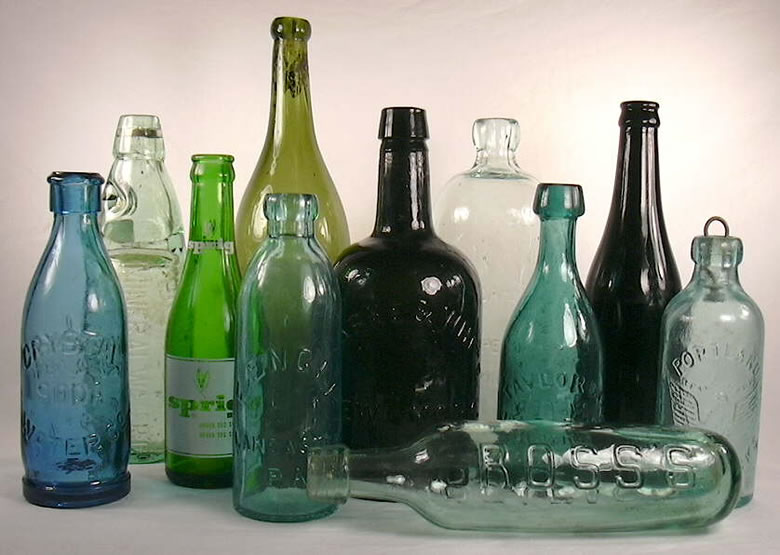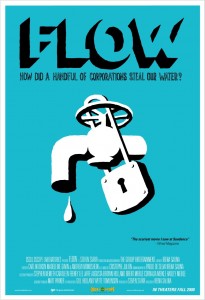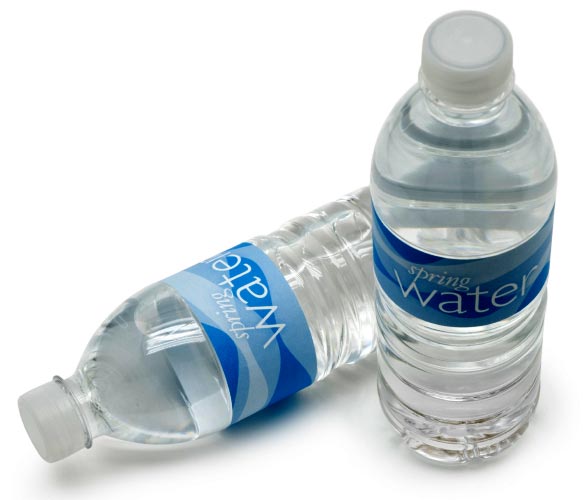Researchers at UPM are working in the development of hydrocarbons early detection devices for rivers in order to prevent contamination that could seriously affect the environment.
The new devices use ultraviolet LED as light source that detects contaminant substances thanks to a fluorescence method. This can result in many benefits compared to the current systems due to the development of faster, robust and affordable detection systems. These new devices will be useful for the search of potential dangerous substances present in continental waters, all this according to researchers of the Telecommunication School of the Universidad Politécnica de Madrid (UPM), who are currently studying its viability. Read more












